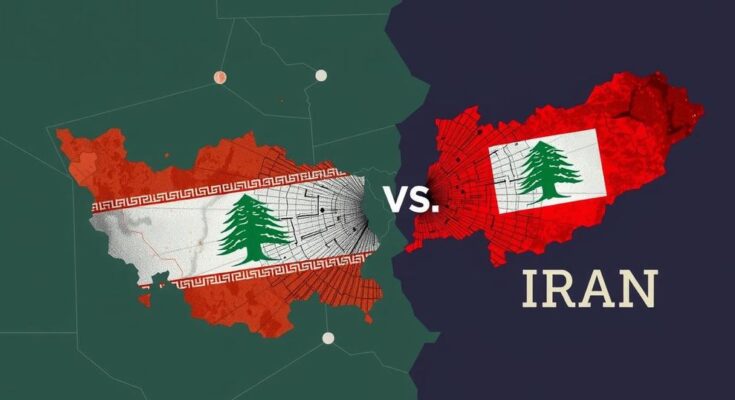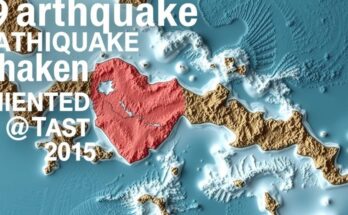Iranian Foreign Minister Abbas Araghchi articulated support for the Lebanese resistance amidst talks of a ceasefire between Hezbollah and Israel. As Iran continues its military support for Hezbollah, it faces critical strategic decisions that could shape its future actions in the region, particularly with an incoming U.S. administration.
Iran is strategically positioning itself in response to a potential ceasefire between Israel and Hezbollah in Lebanon. In conversations with officials, Iranian Foreign Minister Abbas Araghchi reaffirmed Iran’s support for the Lebanese resistance, indicating Iran’s commitment to both the Lebanese populace and government amidst this delicate period. Reports indicate that Iran has dispatched a medical mission to Lebanon and continues to clandestinely supply weapons to Hezbollah.
Araghchi recently commended the resilience of the Lebanese fighters against Israeli forces during discussions with Iranian representatives. He praised the Resistance Front’s efforts, emphasizing support for the Lebanese people’s resistance, while Iranian officials prepared updates on strategies to counter Israeli aggression and facilitate ceasefire negotiations.
The proposed ceasefire represents a significant juncture for Iran, especially since it seeks to interconnect Hezbollah’s role with the events in Gaza, particularly following the Hamas attack on October 7. While Hezbollah has expressed solidarity with Hamas, it appears that it was not fully cognizant of the timing of these hostilities. This has potentially drawn Hezbollah into a conflict not entirely of its choosing.
Since mid-September, Israel has intensified military operations aimed at neutralizing Hezbollah’s presence along the border, significantly altering the landscape of the conflict. The Israeli Defense Forces (IDF) have showcased their advances, providing imagery of the Northern Command’s rapid progress in regions previously held by Hezbollah, signaling a symbolic shift towards a ceasefire.
As the ceasefire looms, Iran faces pivotal decisions resembling its historical “Rubicon.” Iran may escalate its nuclear program or activate its proxies in Iraq and Syria to launch strikes against Israel, which could particularly amplify tensions surrounding the Golan Heights. The forthcoming 60-day period preceding the inauguration of President-elect Donald Trump is critical for Iran to define its military strategy, as it weighs the advantages of enhancing its nuclear capabilities versus intensifying regional hostilities against Israel.
The ongoing conflict involving Iran, Hezbollah, and Israel demonstrates the complex interplay of regional geopolitics, particularly against the backdrop of the recent Hamas attack in Gaza. The situation is further complicated by Iran’s support of Hezbollah, which seeks to establish its dominance in the region. The intricate relationship between these entities necessitates understanding Iran’s potential strategies amid efforts to negotiate a ceasefire, while also examining how external factors, such as the incoming U.S. administration, could impact this dynamic.
In conclusion, the potential ceasefire between Israel and Hezbollah marks a critical moment for Iran, which must navigate multiple strategic pathways. Whether Iran chooses to focus internally on nuclear advancements or externally on aggressive proxy engagements could dramatically shape the regional security landscape. The coming weeks will be telling as Iran contemplates its next moves amid evolving circumstances and geopolitical pressures.
Original Source: www.jpost.com




